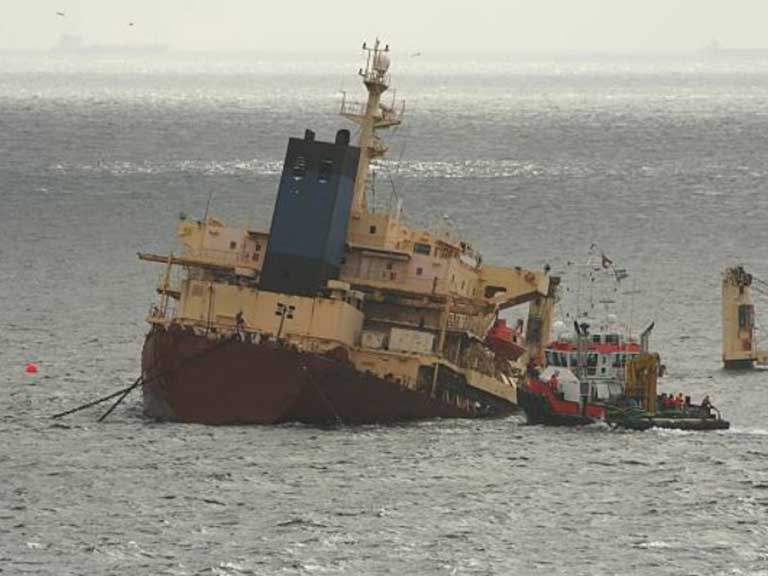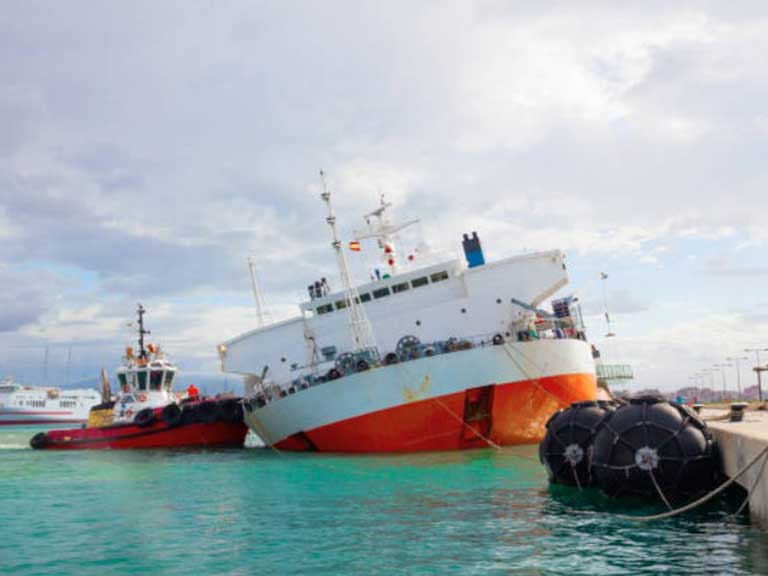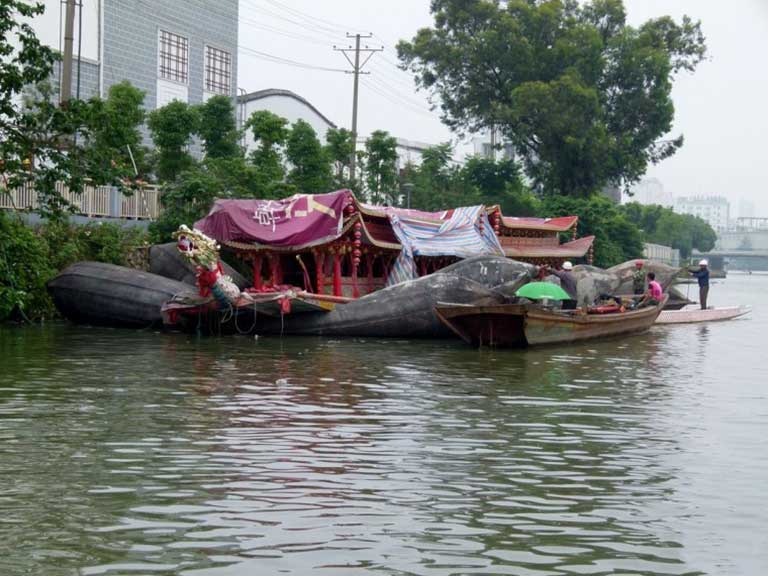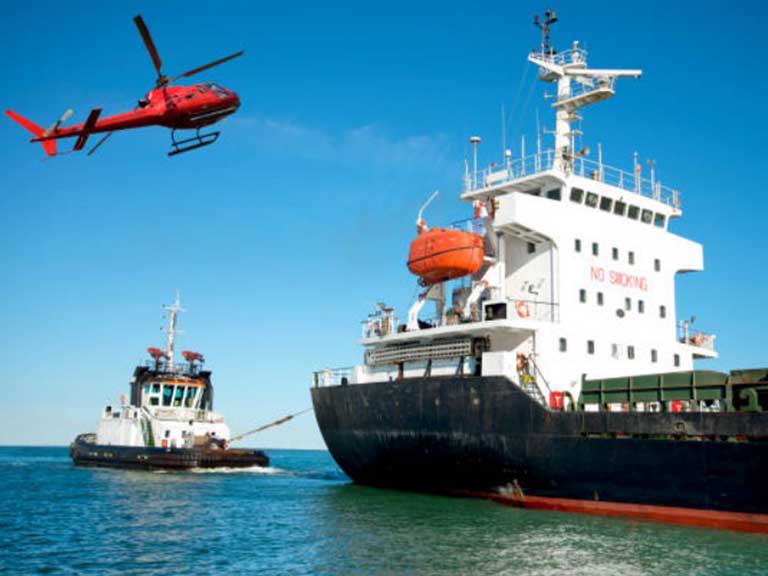Marine salvage is a service that is vital to the safety of shipping lanes and the protection of marine ecology. Whether it is a natural disaster, a ship accident, or a historical shipwreck. Marine salvage can be used to remove wrecks and debris that may obstruct shipping lanes. This ensures the safe navigation of ships as well as the reduction of marine pollution.
Marine salvage is an operation that dates back centuries. At that time, salvage relied on divers and simple equipment. With the recent use of advanced equipment, salvage has become more efficient and safer. By now, marine salvage has become a highly specialized service.
Table of Contents
Understanding Marine Salvage Operations
Marine salvage is an important part of maintaining maritime safety. It refers to the salvaging of a ship or its cargo after an accident at sea. Marine salvage is not just about recovering items, it is about keeping the seas clean and safe and protecting valuables.
The history of marine salvage stretches back centuries, growing with seafaring technology. Early salvagers used basic tools and relied on their strength. Now, with new tech, salvage is safer and more efficient. Today, it also focuses on protecting the environment, showing the industry’s dedication to green maritime practices.
On the other hand, marine salvage is crucial for maritime safety. It removes hazards from the sea, keeping other ships safe. Salvage work involves several steps, each needing special skills and gear.
7 Primary Types of Marine Salvage
Knowing the different types of marine salvage is key for a quick and effective response to sea emergencies. We break down marine salvage into main types based on where it happens, the ship’s condition, and the salvage task.
Offshore Salvage: Offshore salvage deals with ships stranded or sunk in open waters. It’s tough because of the unpredictable sea, needing special gear and skills. The recovery can take months, slowed by bad weather and tides.
Harbor Salvage: Harbor salvage happens in safer waters and is simpler than offshore salvage. The controlled area makes recovery quicker, focusing on clearing paths for ships.
Cargo Salvage: Cargo salvage is vital, especially if the cargo is harmful to the environment or very valuable. People use careful methods to avoid more damage or pollution, often prioritizing cargo over the ship.
Equipment Salvage: Equipment salvage focuses on getting valuable parts from damaged vessels. This includes engines, turbines, and driving systems.
Ship Wreck Salvage: Ship wreck salvage aims to clean up the water areas of harmful stuff. People cut the hull into pieces for easy removal or to move it to deeper waters. This helps protect the environment.
Afloat Salvage: Afloat salvage deals with vessels still floating after damage. People do repairs like welding the hull and rebalancing ballast tanks. This helps keep the vessel stable and safe to sail.
Clearance Salvage: Clearance salvage tackles big problems like hurricanes or conflicts. People remove many wrecks to clear the way for ships. This makes it safe for vessels to pass through.
Each salvage type needs its own tools and methods. Knowing these differences is crucial for success. The time it takes and the environmental impact vary a lot, from quick cargo salvage to careful shipwreck salvage.

Sea Salvage Method
Marine salvage needs to be based on the state of the wreck, sea conditions, and the salvage goals of different parties, so as to use different salvage methods. Each method has different technical characteristics and applicable scenes.
Restoration of Buoyancy Method: This method restores buoyancy and refloats the ship by sealing the breach of the wreck and then pumping out the water inside the ship. It is usually used when the hull structure is complete and the breach is easy to seal.
Floating Dock Salvage Method: By building a floating dock above the wreck, the wreck will be lifted to the water surface. It is more suitable for larger wrecks and large commercial salvage projects, such as deep-sea salvage.
Disintegration Salvage Method: The wreck is disintegrated into smaller parts underwater and then salvaged piece by piece. This method is suitable for ships that are seriously damaged or too large in size and difficult to salvage as a whole.
Buoyant Material Method: By injecting closed-cell foam into the inside of the wreck, the hull is floated with the help of buoyancy. This method is applicable to the environment of shipwrecks where sealing is difficult and the sea conditions are unstable.
Inflatable Salvage Method: Injecting compressed air into the ship, discharging the water inside the ship, so that the shipwreck generates buoyancy to float. This method is easy to operate and suitable for shipwrecks witha stable hull structure.
Cofferdam Salvage Method: Build a cofferdam around the shipwreck, and repair or seal it after discharging the water. This method is very suitable for the local treatment of shipwrecks in shallow water.
Buoyancy Airbag Salvage Method: Use inflatable airbags fixed around the wreck to provide extra buoyancy to lift the hull. This method requires the use of a marine salvage airbag. This is the equipment that Henger’s manufactures to its advantage. This method is simple, safe and suitable for small wrecks.
Crane Salvage Method: Wrap the wreck with steel cable and lift it with the help of a crane. It is usually used to salvage small wrecks or parts of the hull structure in shallow water.
Blasting and Dredging Method: Directly carry out underwater blasting to remove the wrecks that have no recovery value and seriously obstruct the navigation channel, so as to ensure that the navigation channel is free from obstruction.

Key Technologies And Equipment For Marine Salvage
Marine salvage relies on a variety of advanced equipment and techniques to ensure a safe and efficient salvage process. The following are the key equipment and tools commonly used in salvage operations:
Crane: A crane is an important piece of equipment for salvaging wrecks or large obstacles, usually used in conjunction with steel cables. Its role is to lift the wreck or heavy object to the surface. Cranes are capable of handling objects of greater weight and are suitable for shallow water or harbor salvage operations.
Salvage Airbag: Marine salvage airbag is a gas-filled buoyancy device. By securing it around a wreck to provide extra buoyancy, it helps to float the ship. airbags manufactured by Henger are flexible, safe and can be adapted to suit vessels of all sizes. This device is particularly effective in structurally unstable or complex environments.
Remotely Operated Vehicles (ROVs): ROVs can be operated in deep water and are suitable for detecting and cleaning wrecks and performing delicate underwater tasks.
Submersibles and Divers: Submersibles and specialized divers are essential in complex salvage missions. Divers can perform operations such as underwater repairs and sealing. They use submersibles to gain access to the interior of wrecks for precise operations, especially for shallow water and detailed repair operations.
High-power Water Pumps: This equipment is used to pump water from wrecks or cofferdams to restore buoyancy to the hull or to carry out repairs. High-power water pumps are the key equipment in the buoyancy restoration and cofferdam salvage methods, which can drain water quickly and help the wreck to refloat.

Conclusion
As you can see, there are a variety of methods available for marine salvage. At Henger, we manufacture salvage airbags that have assisted many companies with successful salvage operations. Henger’s salvage airbags are highly recognized by our customers for their customized performance and durability.
And these companies have ordered airbags from us many times. If you are looking for high quality marine salvage equipment or other marine airbags, please feel free to contact us.
FAQ
What is the primary goal of marine salvage operations?
The main goal is to save vessels, cargo, or equipment from damage. This keeps the sea safe and protects the environment.
What are the different types of salvage operations?
We divide salvage into offshore, harbor, cargo, equipment, shipwreck, afloat, and clearance. Each has its own challenges and needs.
What is the role of advanced technology in modern salvage operations?
Modern tech plays a big part in salvage work. Tools like sonar and ROVs make operations safer and more efficient.

